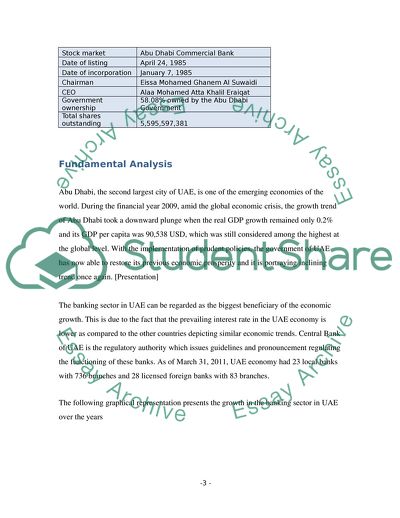Cite this document
(Financial Performance of Abu Dhabi Commercial Bank in UAE Statistics Project, n.d.)
Financial Performance of Abu Dhabi Commercial Bank in UAE Statistics Project. Retrieved from https://studentshare.org/finance-accounting/1753963-finance-report-about-hsbc-in-dubai-performance
Financial Performance of Abu Dhabi Commercial Bank in UAE Statistics Project. Retrieved from https://studentshare.org/finance-accounting/1753963-finance-report-about-hsbc-in-dubai-performance
(Financial Performance of Abu Dhabi Commercial Bank in UAE Statistics Project)
Financial Performance of Abu Dhabi Commercial Bank in UAE Statistics Project. https://studentshare.org/finance-accounting/1753963-finance-report-about-hsbc-in-dubai-performance.
Financial Performance of Abu Dhabi Commercial Bank in UAE Statistics Project. https://studentshare.org/finance-accounting/1753963-finance-report-about-hsbc-in-dubai-performance.
“Financial Performance of Abu Dhabi Commercial Bank in UAE Statistics Project”, n.d. https://studentshare.org/finance-accounting/1753963-finance-report-about-hsbc-in-dubai-performance.


